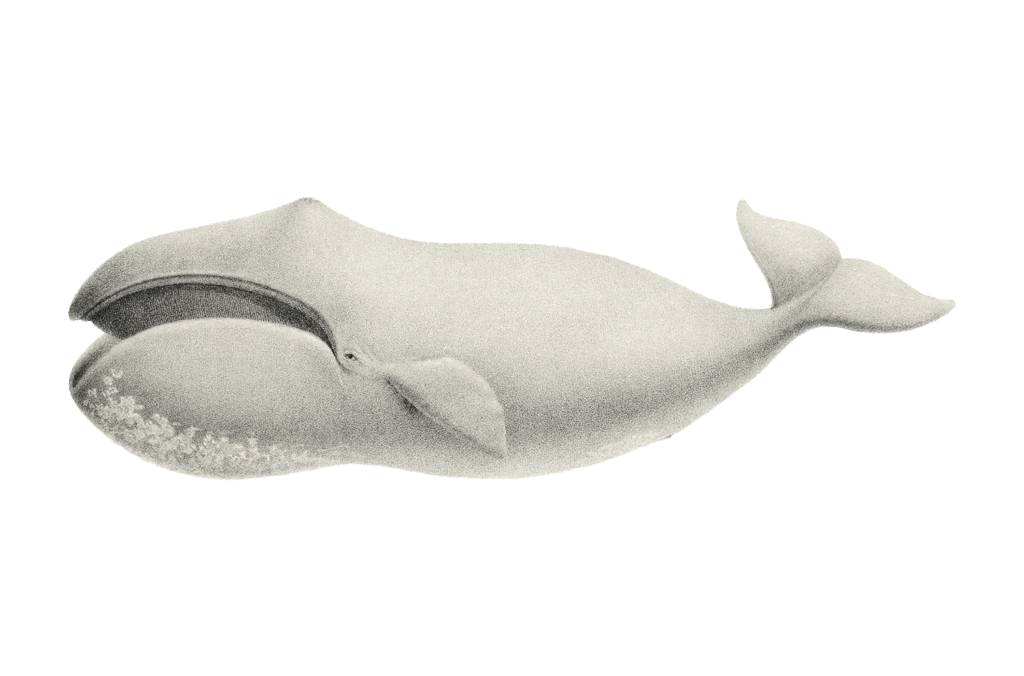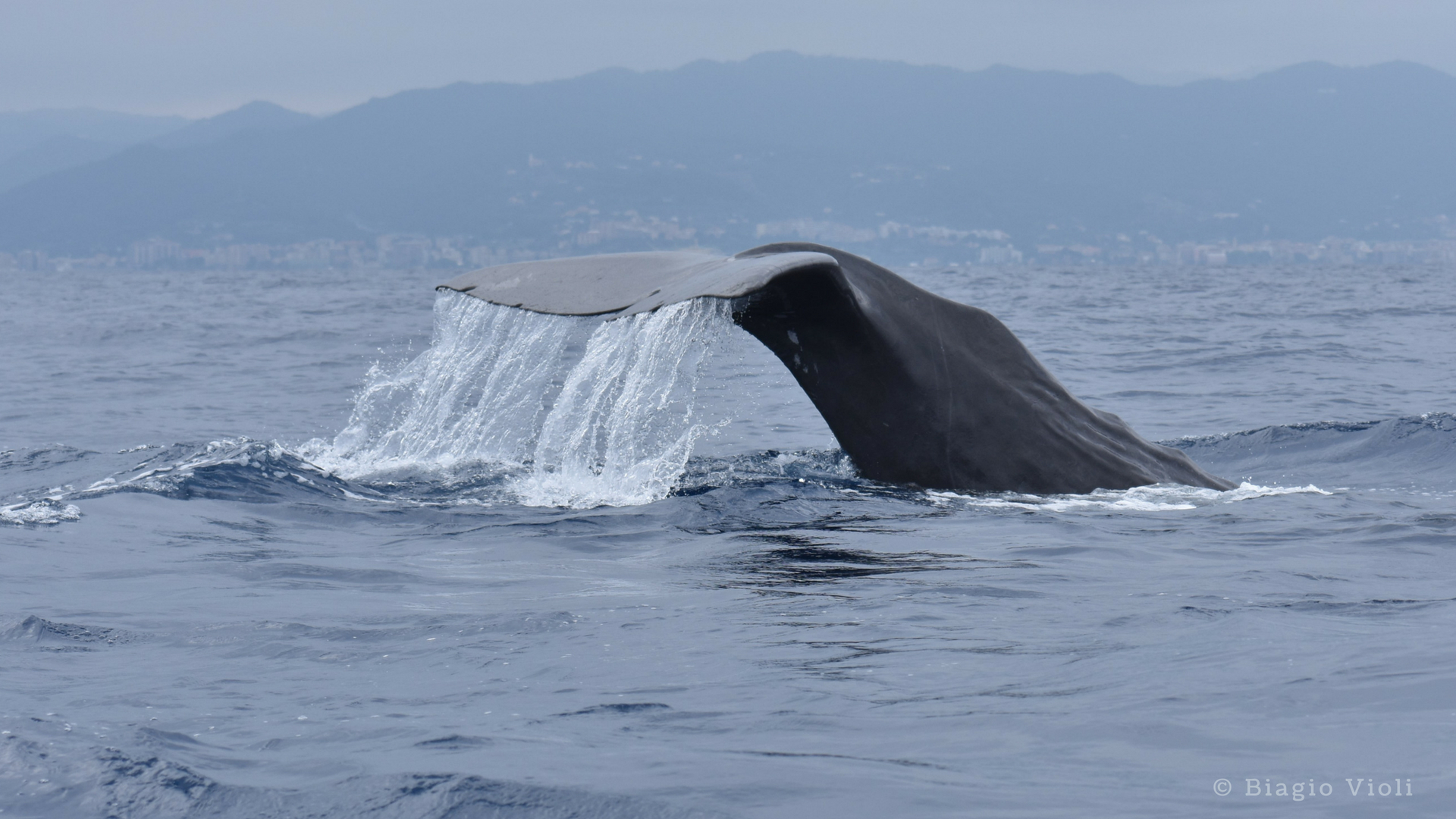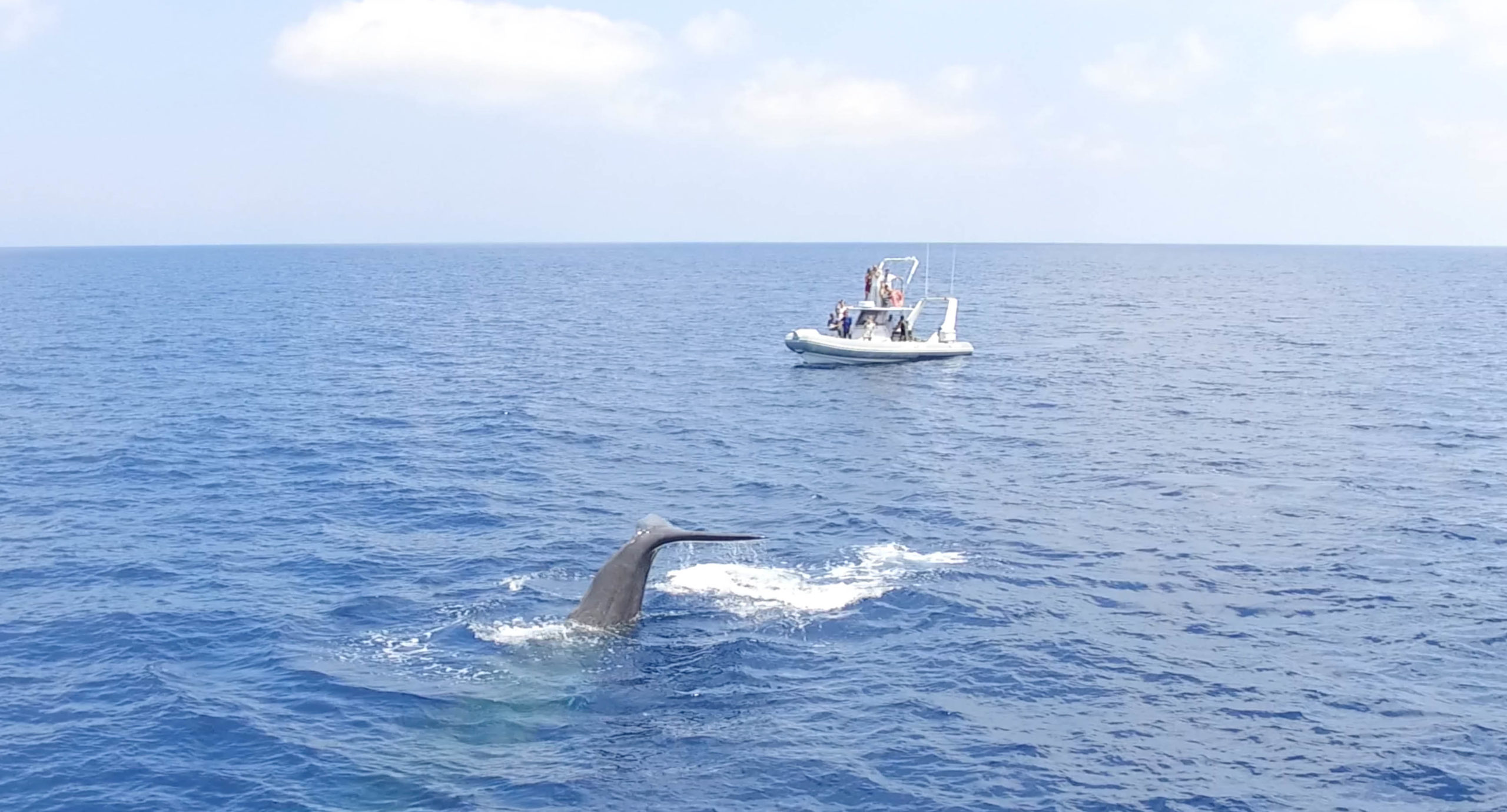storia e curriculum
Since 2010 Menkab has been working to support scientific and environmental education activities dedicated to the Mediterranean Sea.
To achieve this goal, the Menkab Association collaborates with Italian and foreign universities, other associations and companies that work in the field of communication and scientific dissemination.
What We do
scientific research and monitoring
Projects and research for the protection and safeguard of the Mediterranean Sea.
get on board
Whale Watching and tour in the Pelagos Sanctuary with Menkab experts
Courses & Training
Theoretical and practical courses with outings at sea for students, photographers, documentary makers and enthusiasts.
environmental education
Educational workshops, installations and other activities in our office, schools and other sites.
Menkab's History
Menkab (also known as Alpha Cetiis the second brightest star in the constellation Whale. The name comes from Arabic and means "the nostril hole" or "breather", alluding to its position in the design of the constellation.
Menkab's adventure began in the early nineties thanks to a collaboration agreement between the then Department of Biology of the University of Genoa (DIBIO) and the Oceanographic Museum of Montecarlo. The director of the Museum, Professor François Doumenge, entrusting the task of enhancing the historical collections and developing new scientific dissemination projects to Maurizio Würtz, then professor of the DIBIO, created the conditions for new experiments in the field of museum communication, but above all to start a series of demanding monitoring and documentation campaigns on the Ligurian sea cetacean population, precisely in the years in which the foundations for the future Pelagos Sanctuary were beginning.
The experience of the Museum staff (who had worked in the past under the direction of Com.te Jacques-Yves Cousteau) on the one hand and, on the other, the scientific knowledge and the practical ability to organize observation campaigns on the high seas, gained at the University of Genoa, have allowed to acquire fundamental knowledge to understand the reasons for the concentration of cetaceans in this part of the Mediterranean (e.g. the role of thermal fronts in the distribution of common whales or the importance of underwater canyons for sperm whales , today aspects completely shared and almost obvious, but at the time, completely neglected).
When the experience with the Oceanographic Museum ended in 2002, all the knowledge and experience accumulated could not be lost. Fortunately, at that particular moment, the changes in the organization of university teaching gave the opportunity to recover this scientific heritage; initially thanks to the activation of the "Cetology" course for the three-year degree in Biological Sciences, subsequently with other courses for specialist degrees such as "Techniques for monitoring cetaceans" and finally "Biology and monitoring of cetaceans". For the first time in Italy, part of the activity foreseen by the lessons was carried out directly at sea, with an intense and demanding practical observation and sampling work, made possible by the generous donation of the SACS Shipyards and by the Yanmar Italia Company, which put Department available a perfectly equipped boat for the study of cetaceans on the high seas: Menkab.
Thus was born the "Menkab project" thanks to which, in just two years (we are in 2004), the Department of Biology becomes a national and international reference for the study and conservation of Mediterranean cetaceans. Students from other universities, both Italian and foreign, ask for numerous the opportunity to carry out their theses with demanding activities at sea on board Menkab, which from that year begins to play a real role of "school ship" on which, in the years, many researchers have trained that today, in public and private bodies as well as international NGOs (eg ISPRA, CIMA, RAC / SPA, IUCN, various Italian and foreign universities, etc.), carry out scientific and monitoring tasks of the marine and cetacean environment.
Scientific Resume
2019 WMMC)
– Barcelona
World Marine Mammal Conference
Poster Presentation
“Population dynamics and structure of sperm whale (Physeter macrocephalus) in Mediterranean Sea” – Biagio Violi.
Menkab: il respiro del mare, Università degli studi di Genova, Durham University.
“Evidence of sperm whale (Physeter catodon) lactation in Ligurian Sea: a breeding area in the North of Mediterranean Sea” – Giulia Calogero.
Menkab: il respiro del mare, DISTAV – Università degli studi di Genova, ARTESCIENZA s.a.s.
2015-2018 WHALE SAFE
Whale protection from Stike by active cetaceans detection and alarm issue to ships and ferries
Project coordinated by the DISTAV of the University of Genoa with the participation and collaboration of Softeco SISMAT Srl, Costa Edutainment SPA and the Port Authority of Savona.
The project, which is still ongoing, will develop an interference prevention system aimed at identifying and following sperm whales, identifying threats and preventing collisions and other risks by issuing real-time warning messages to ships in the area. A protocol for reducing disturbance and impact risks will be drawn up in collaboration with the local coast guard and agreed by all interested parties. The Menkab Association collaborates with the University of Genoa, through the rental by the organization of the Menkab research dinghy, for operations and sampling at sea and logistics.
2012-2014 PROMETEOS
(PROtection of the MEdiTErranean Open Seas: Contributing to the establishment of Marine Protected Areas over offshore seamounts and submarine canyons).
IUCN-Centre for Mediterranean Cooperation, Malaga; MAVA Foundation.
The PROMETEOS project aims to quantify in terms of biodiversity, the key role that mountains and underwater canyons play within the marine ecosystem, in particular by evaluating the effect that these structures have on the aggregation of marine mammals, fish, turtles and seabirds.
The aim of the project is to establish which of the mountains within the Mediterranean basin deserve greater protection as food aggregation and reproduction sites for pelagic predators
The information collected will be used to define the proposal for the establishment of Marine Protected Areas offshore in correspondence with structures worthy of conservation plans.
This project is coordinated by the Mediterranean section of the World Union for the Conservation of Nature (IUCN-Med), in collaboration with the University of Genoa (DISTAV) and funded by the MAVA Foundation. For this project, the Menkab Association acted as the main operating unit, conducting two demanding campaigns across the Tyrrhenian Sea in 2013 and 2014.
The results of this project are summarized in three IUCN publications (link)
Mediterranean Pelagic Habitat. Oceanographic and Biological Processes, An Overview
Mediterranean submarine canyons: ecology and governance
Atlas of the Mediterranean seamounts and seamount-like structures
2010-2014 ARION
(LIFE 09 NAT/IT/000190: Systems for Coastal Dolphin Conservation in the Ligurian Sea)
l’Università di Genova – Dipartimento di Fisica (DIFI). Responsabile Prof. Mauro Taiuti. Partner del progetto: Direzione Marittima di Genova, Area Marina Protetta di Portofino, Softeco Sismat srl.
Il progetto, nato con l’obiettivo principale di contribuire efficacemente alla protezione e valorizzazione del delfino costiero (Tursiops truncatus, tursiope), si propone di utilizzare strumenti che possano contribuire alla gestione delle interazioni tra la specie e le attività nautiche, coerentemente con le finalità delle Aree Marine Protette (AMP) in Mar Ligure e più in generale del Santuario internazionale dei Cetacei “Pelagos”.
Fulcro del progetto è pertanto l’implementazione di sistemi subacquei di rilevazione dei tursiopi in grado di identificare le minacce sugli stessi, prevenire collisioni ed altri rischi, diffondere in tempo reale informazioni sulla presenza dei delfini.
Nell’ambito del progetto l’Associazione si è occupata della raccolta dati in mare, delle registrazioni acustiche tramite idrofoni dei suoni emessi dai delfini (tursiope e altre specie eventualmente presenti) nella zona antistante l’AMP di Portofino e in aree limitrofe, della registrazione di suoni di origine antropica nelle stesse zone, raccolta di dati ambientali, realizzare foto degli esemplari avvistati utili per la foto-identificazione.

2012-2013 Progetto Go Green Mare
Regione Toscana e Università di Genova (DISTAV).
In continuity with the GIONHA project, the project aimed to increase knowledge for management purposes, in consideration of the fact that the bottlenose dolphin is a species included in Annex II of the Habitats Directive (92/43 EC). The Menkab association was involved in the project to create a paper and digital manual containing the images of the specimens of bottlenose dolphins photo-identified during the campaigns at sea, analyzing the spatial distribution with detail of 1 nautical mile and providing the cartography of the nautical traffic to the in order to highlight areas of particular interest for the protection of the species.
2011 Progetto GIONHA
(Governance and Integrated Observation of marine Natural Habitat).
Arpat Regione Toscana, Università di Genova (DIPTERIS)
The Menkab association has collaborated on the GIONHA project, dedicated to the study of the distribution of the bottlenose dolphin (Tursiops truncatus) in the waters of the Tuscan Archipelago, Bocche di Bonifacio and Ligurian sea, contributing to the analysis of the photo-identification and distribution data of the bottlenose dolphin with the estimation of abundance in the cross-border area considered by the project, the analysis of the movements and the social structure, also evaluating the temporary and / or permanent associations between individuals, implementing the mapping for "habitat mapping" and the definition of any special areas of conservation (ZCC).
2010 – 2011 ISHMAEL
(Investigating Sperm whale Habitat in the MArine Environment of the Ligurian-corsica sea). l’Università di Genova – Dipartimento di Biologia (oggi DISTAV). Responsabile scientifico Maurizio Würtz
Funded by the Total Foundation and coordinated by the Department of Biology of the University of Genoa, it is a research project dedicated to the study of the ecology of the sperm whale. The sperm whale is a sensitive bio-indicator of the particular structures where biodiversity is high, such as underwater canyons or underwater mountains. The aim is to identify the critical habitats of the species, contributing to its conservation and mitigation of anthropogenic impacts within 'Pelagos', the international sanctuary for the protection of marine mammals. ISHMAEL is a multidisciplinary project in which field investigations, laboratory analyzes, the application of numerical models, genetic, acoustic and photo-identification techniques are integrated. The results of the project were published in 2014 in volume 24 (supplement1) of the Aquatic Conservation magazine. Marine and Freshwater Ecosystem

